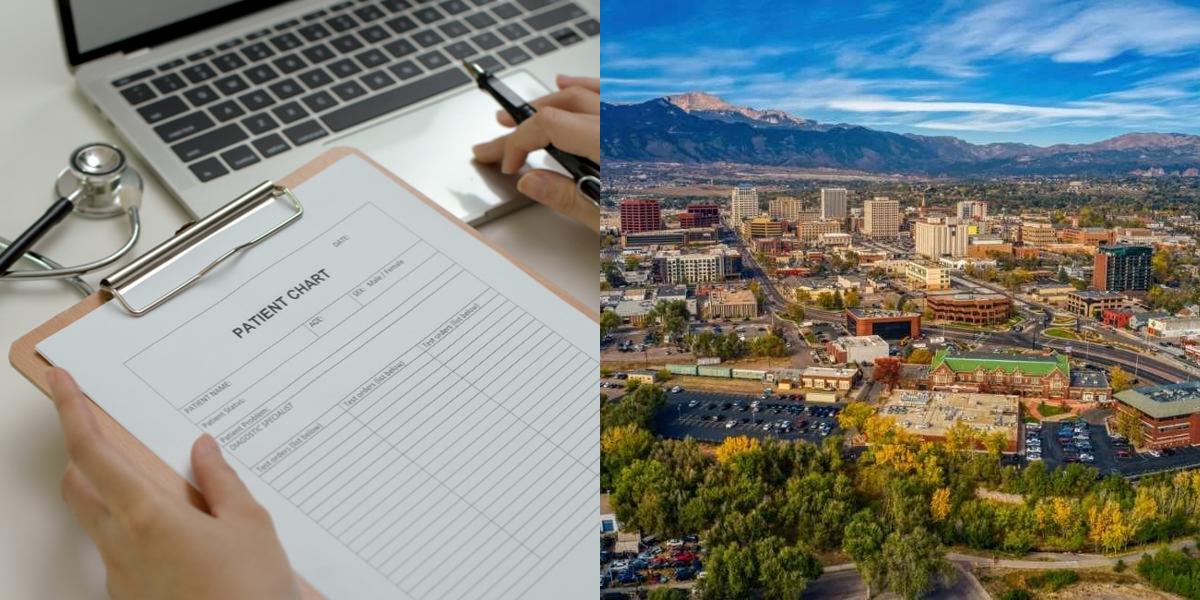How to Become a Medical Transcriptionist in Colorado

If you are interested in becoming a Medical Transcriptionist in Colorado, this blog will provide you with all the information you need to get started. From understanding the role of a Medical Transcriptionist to finding the right training classes, we've got you covered.
How do I get a job as a Medical Transcriptionist?
After obtaining your medical transcriptionist certification, the next step is to find a job in the field. Here are some steps to help you navigate the job search process:
-
Update Your Resume: Create a professional resume that highlights your certification, education, training, and any relevant experience. Emphasize your proficiency in medical terminology, transcription software, and attention to detail. Tailor your resume to each job application by highlighting specific skills and experiences that match the job requirements.
-
Build a Professional Network: Networking can significantly increase your chances of finding job opportunities in the medical transcription field. Join professional associations such as the AHDI and attend industry conferences or events. Connect with other professionals in the field through social media platforms like LinkedIn. Networking can lead to referrals and insider information about job openings.
-
Apply for Jobs: Start applying for medical transcriptionist positions in hospitals, clinics, transcription companies, or remote transcription services. Look for job postings on online job boards, company websites, and industry-specific websites. Craft individualized cover letters for each application, showcasing your skills and how they align with the job requirements.
-
Prepare for Interviews: If your application is successful, you may be called for an interview. Prepare for the interview by researching the company, practice answering common interview questions, and rehearse your responses. Be prepared to demonstrate your knowledge of medical terminology and your ability to transcribe accurately and efficiently.
-
Showcase Your Skills: During the interview, be prepared to showcase your skills by providing samples of your previous work or completing a transcription test. This will give the hiring manager a clear idea of your transcription abilities and attention to detail. If you don't have prior experience, consider offering to complete a trial period to demonstrate your skills.
-
Follow Up: After the interview, follow up with a thank-you email expressing your continued interest in the position. This shows professionalism and can help you stand out from other candidates. If you haven't heard back within a reasonable timeframe, don't hesitate to follow up with a polite inquiry about the status of your application.
-
Consider Remote Work: Medical transcriptionists have the option to work remotely from home. This can provide flexibility and eliminate commuting time. Consider exploring remote work opportunities, either with transcription companies or as a freelancer. However, be aware that remote work may require a higher level of self-discipline and time management.
Career Paths and Opportunities after Becoming a Medical Transcriptionist
After becoming a certified medical transcriptionist, you have various career paths and opportunities to explore. Here are a few options to consider:
-
Specialize in a Medical Field: As a medical transcriptionist, you can choose to specialize in a specific medical field such as cardiology, radiology, or dermatology. Specializing allows you to develop expertise in a particular area, which can lead to higher-paying positions and increased job opportunities.
-
Work in a Hospital or Clinic: Hospitals and clinics often have in-house medical transcription departments. Working in this setting allows you to collaborate closely with healthcare professionals and gain exposure to a wide range of medical cases. In-house positions may offer more stability and benefits compared to freelance or remote work.
-
Freelance or Remote Work: Many medical transcriptionists choose to work as freelancers or remote employees. This allows for greater flexibility in terms of working hours and location. Freelancing can also give you the opportunity to work with multiple clients and diversify your experience.
-
Supervisory or Management Roles: With experience and additional training, you can progress into supervisory or management roles within the medical transcription field. These positions involve overseeing a team of transcriptionists, ensuring quality control, and managing workflow.
-
Medical Coding or Billing: Medical transcriptionists often have a solid understanding of medical terminology and coding systems. This knowledge can be leveraged to transition into medical coding or billing roles. Medical coding involves assigning specific codes to medical procedures and diagnoses, while medical billing focuses on processing insurance claims and handling patient billing.
-
Teaching and Training: If you enjoy sharing your knowledge and expertise, you can consider a career in teaching or training aspiring medical transcriptionists. Many vocational schools and online education platforms offer courses in medical transcription, and experienced professionals are often sought after as instructors.
-
Further Education: If you want to advance your career in the healthcare industry, consider pursuing further education in related fields such as health information management or medical administration. This can open up opportunities for higher-level positions with increased responsibility and earning potential.
Final Thoughts
Becoming a certified medical transcriptionist requires dedication, training, and a commitment to continuous learning. It is a rewarding career path that offers opportunities for professional growth and flexibility. By obtaining your certification, building a strong network, and showcasing your skills, you can pave the way for a successful career in medical transcription. Remember to stay updated with industry trends and technologies to remain competitive in this ever-evolving field. Good luck on your journey to becoming a certified medical transcriptionist!
If you're thinking of a new career path, Dreambound offers in-depth guides to understand various job choices:

Fel is a student support representative who guides enrollees to the right program and answers their queries. She's committed to helping students and takes pride in her work. In her free time, she enjoys sightseeing and hanging out with loved ones.




